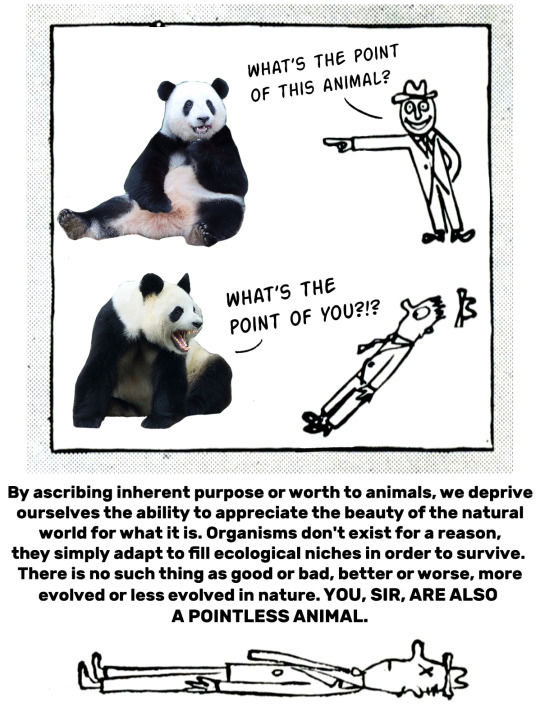Alex [They-them] – 33 – Seattle, Zone 8b/9a – Antizionist Jew – A sideblog about a queer person and their botanical adventures. This is also my general biology and science blog as well beyond just botany! You can check out my own plants' progress in the #plampts tag!
Last active 2 hours ago
Don't wanna be here? Send us removal request.
Text

Back in 1939, fossil collector Louis Grauvogel discovered a couple of reptile fossils in Middle Triassic-aged deposits (~247 million years old) in eastern France. A large preserved structure was noted above the animal's back, but for many years it was interpreted as an unrelated fish fin, insect wing, or plant frond.
It was only when the State Museum of Natural History Stuttgart acquired the specimens in 2019 that they were recognized as representing something very special: a long-sought-after relative of the bizarre and enigmatic Longisquama!
Mirasaura grauvogeli grew to around 30cm long (~1') and was, if anything, even stranger than its relative. It had humped shoulders, grasping limbs, and a bird-like head with large forward-facing eyes and a long pointed snout that was toothless at the front, probably used to probe for small invertebrates in cracks and crevices.
But most strikingly it had up to 20 tall structures overlapping along its back to form a sail-like crest. Although they were superficially feather-like in shape with preserved melanosomes that resemble those of birds, structurally they weren't feathers at all – but they also weren't modified scales. Instead these appear to have been an entirely novel type of skin appendage, made up of continuous sheets with a midline shaft and a corrugated texture.
The crest was probably used for visual display, and 80 additional fossils of isolated crest structures suggest they were regularly shed and regrown.
Along with Longisquama, Mirasaura appears to have been an early member of the drepanosaur lineage – a group of wonderfully weird tamandua-like reptiles whose evolutionary relationships are still disputed, with different studies currently recovering them as either a unique early offshoot of the diapsids or as archosauromorphs.
(Interestingly, a specimen of Drepanosaurus reportedly preserves some soft tissue on its back that may also be one of these strange new crest structures. Drepanosaurs just keep on getting weirder and weirder and I love them.)
———
NixIllustration.com | Tumblr | Patreon
References:
Renesto, Silvo, et al. The taxonomy and paleobiology of the Late Triassic (Carnian-Norian: Adamanian-Apachean) drepnosaurs (Diapsida: Archosauromorpha: Drepanosauromorpha): Bulletin 46. Vol. 46. New Mexico Museum of Natural History and Science, 2010. https://nmdigital.unm.edu/digital/collection/bulletins/id/1261/
Spiekman, Stephan NF, et al. "Triassic diapsid shows early diversification of skin appendages in reptiles." Nature (2025): 1-7. https://doi.org/10.1038/s41586-025-09167-9
Wikipedia contributors. “Mirasaura” Wikipedia, 27 Jul. 2025, https://en.wikipedia.org/wiki/Mirasaura
517 notes
·
View notes
Text
Whenever I repot a plant to a larger container I have the image of a newly adopted zoo animal or pet sniffing around to explore its new home, but with its roots instead.
71 notes
·
View notes
Text

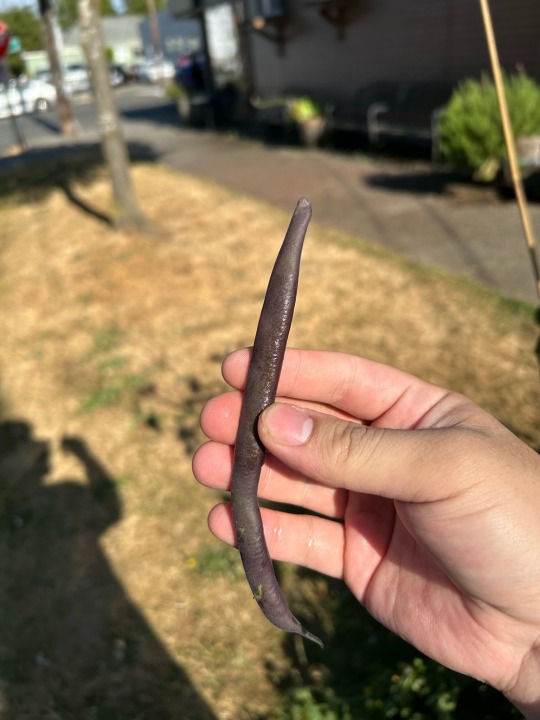
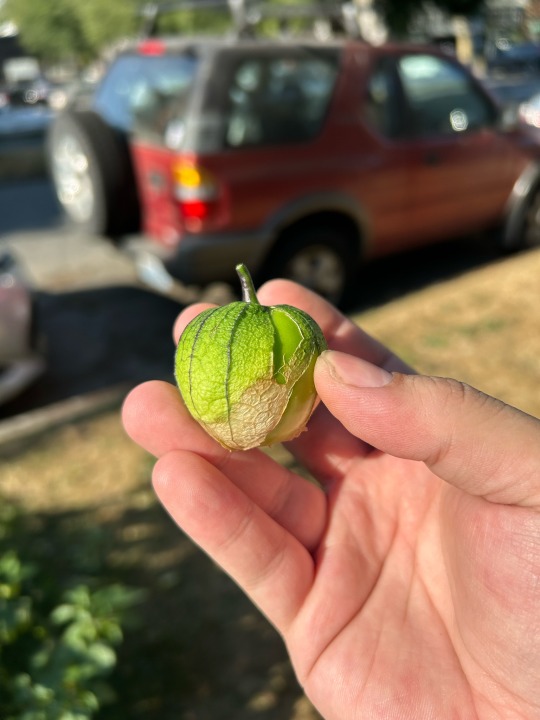
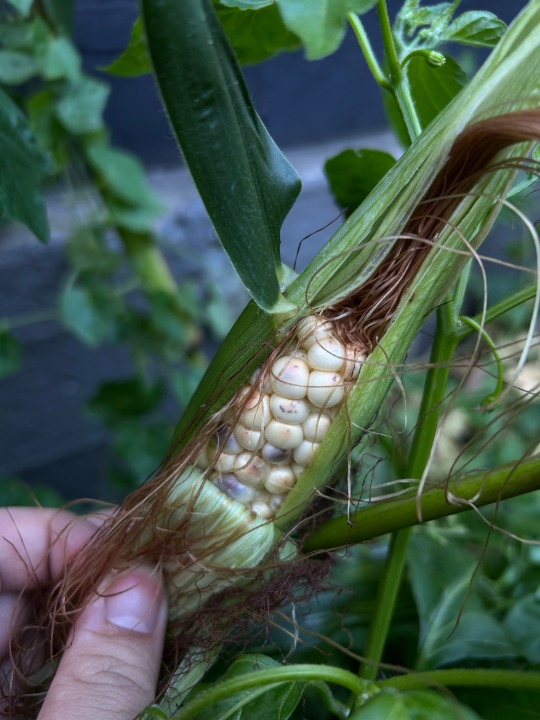
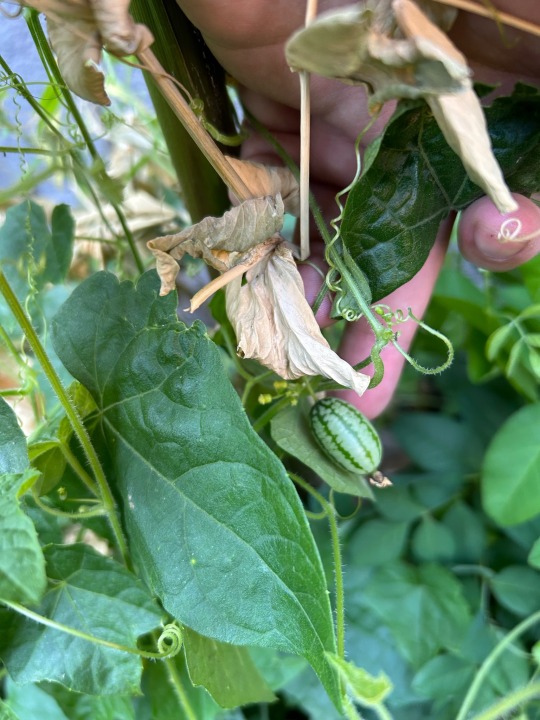
When u are a fruit posting fruit
Feat: the world’s most pathetic ear of corn! Tbh I wasn’t expecting anything at all since you need dense blocks to get the wind pollination to work consistently and corn isn’t a super high yielding crop anyways. (Apparently one or two good ears a plant is typical)
I am sad that I wasn’t able to infect them with the fungus successfully :P
19 notes
·
View notes
Text

Ancient Sea Creature Diorama - Anomalocaris (Cambrian Period).
古代海洋生物ジオラマ - アノマロカリス (カンブリア紀)。

15K notes
·
View notes
Text


New bunny just dropped (prairie chicken)
9K notes
·
View notes
Text
"protect our parks. no urban camping. too many homeless people hanging out downtown. no loitering within ten feet of business entrance. that person was kinda sketch and jittery and talking to themself at the bus terminal. fucking addicts. schizos. weirdos. hobos. itinerants. vagrants. [language of pestilence, contagion, hygiene, eugenics]."
you've blood on your hands.
"best" shelters were already torture camps.






"to the maximum extent"
842 notes
·
View notes
Text

DHS Twitter account is posting the Manifest Destiny painting online guys. Guys
9K notes
·
View notes
Note
What does the tree of life on Birgworld look like so far? What kinds of creatures are birgs closely related to, and how does everything connect to everything else? I’m especially wondering quadropods animals like Jaubja and Trunk-Horses fit in
I’d like to make a prettier one at some point, but here’s the jist of it
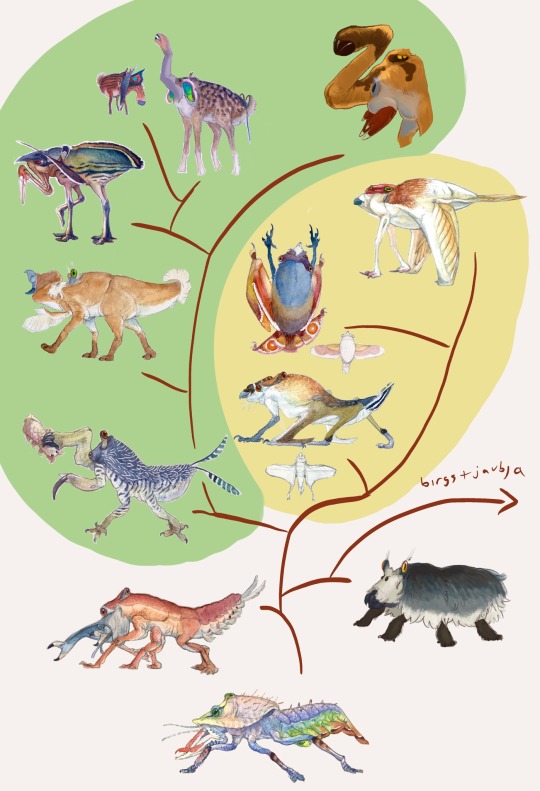
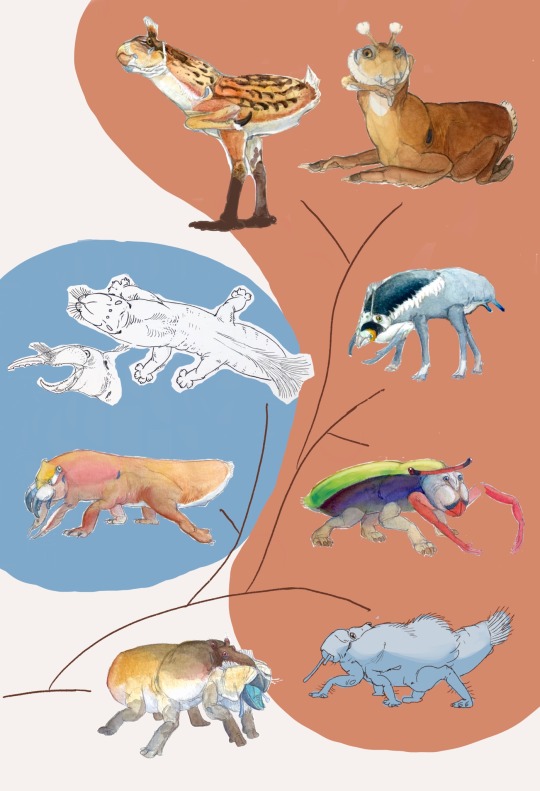
The common ancestor was a shrimp-like animal that developed a sort of pouch around its chelicerae to keep the antennas and mouthparts moist. From there the phylum splits into 2 major branches, one containing the ‘neckless animals’ (acerviciae); trunkhorses and birds, and the other containing the ‘short-clawed animals’ (brachychelicerae): jaubja and the birdbug lineage.
Of course this is all pretty bare-bones for now; tho if people are interested perhaps I will go back into some good old fashioned spec bio in order to flesh this out
461 notes
·
View notes
Text
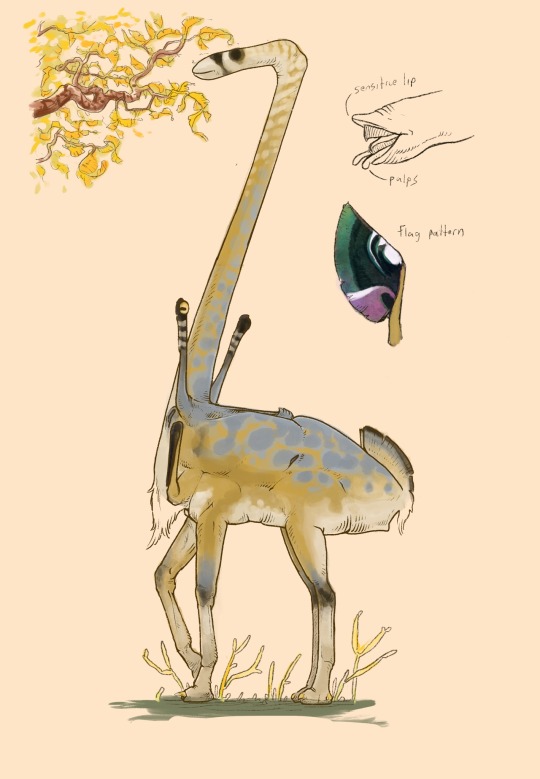
Another giant of the flagdeer family, this species has adapted an long upright rostrum for accessing high tree branches.
697 notes
·
View notes
Text
ARE YOU KIDDING ME WE NOW HAVE A RELATIVE OF LONGISQUAMA
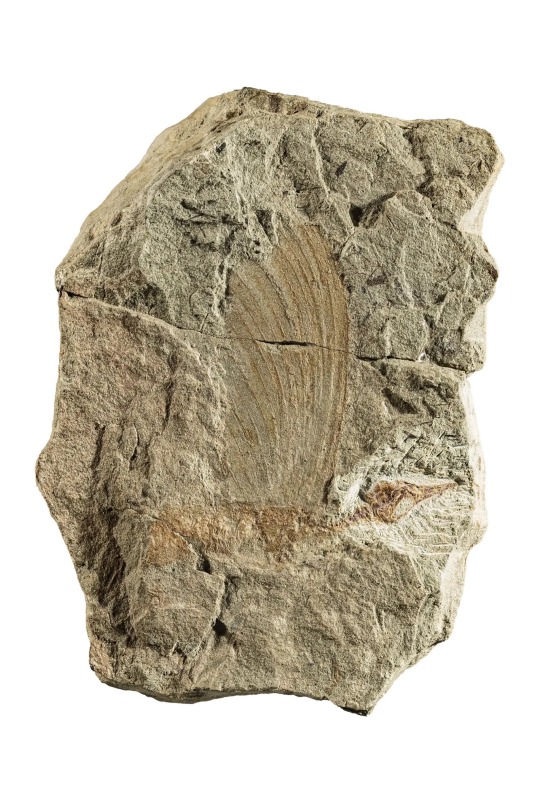
IT’S CALLED 👉👉 MIRASAURA 👈👈 AND IT REPRESENTS A THIRD TIME COMPLEX INTEGUMENT EVOLVED??? AND MAYBE THOSE CREST THINGS WERE COMMON IN DREPANOSAURS?
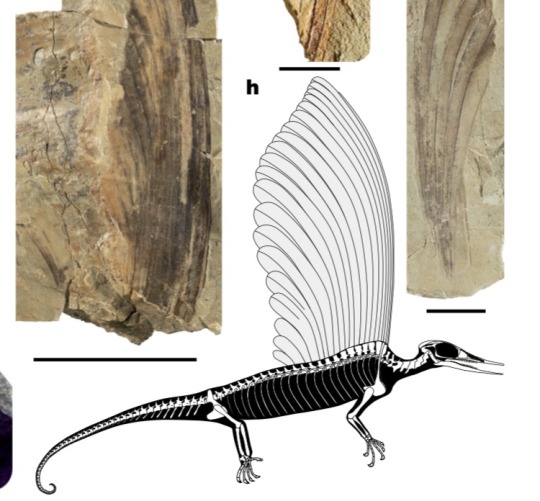
It’s so prettyyy *_*
3K notes
·
View notes
Text
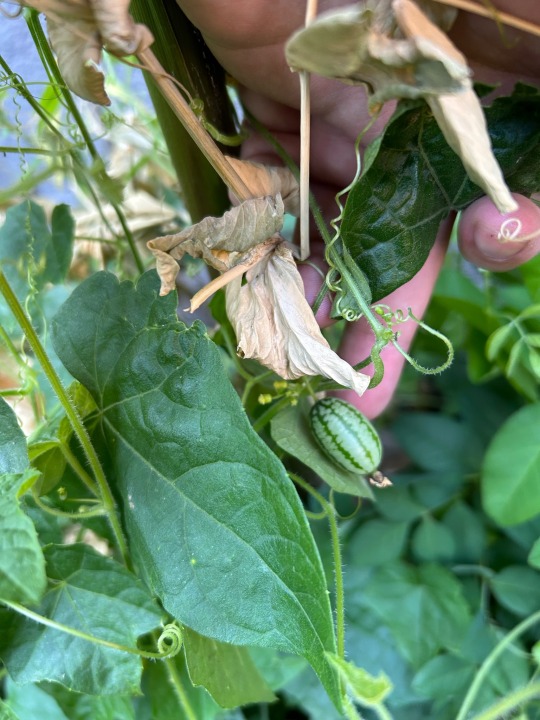
First cucamelon of the year!! Love the cronch.
#plants#plantblr#Melothria#food plants#gardening#plampts#also curse you cucurbits for having your not-gametes on two different flowers
15 notes
·
View notes
Text
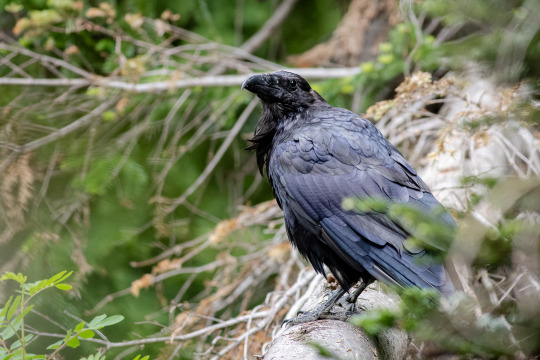
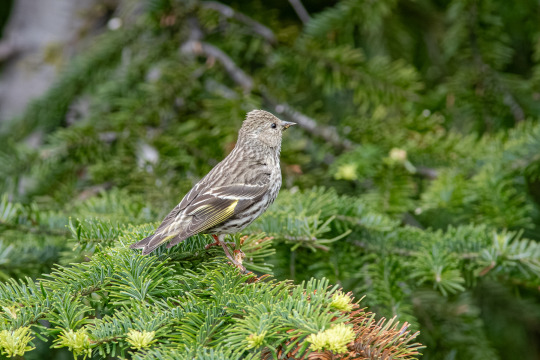
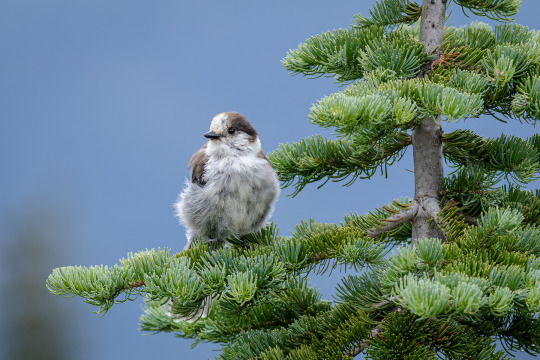
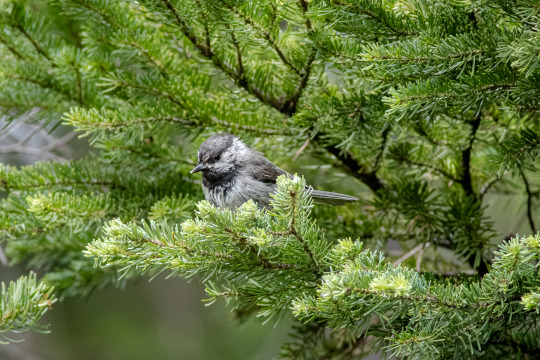
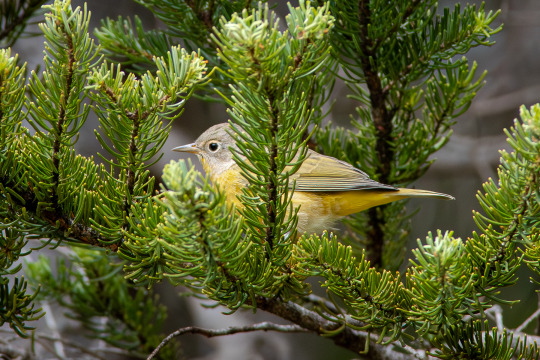
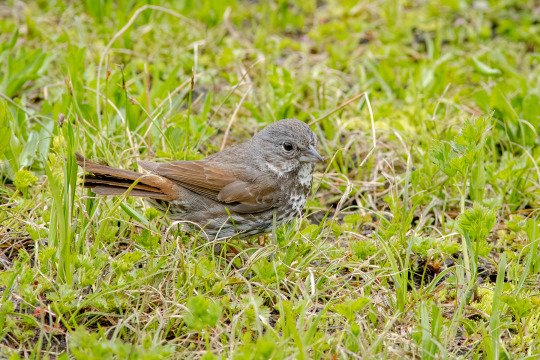
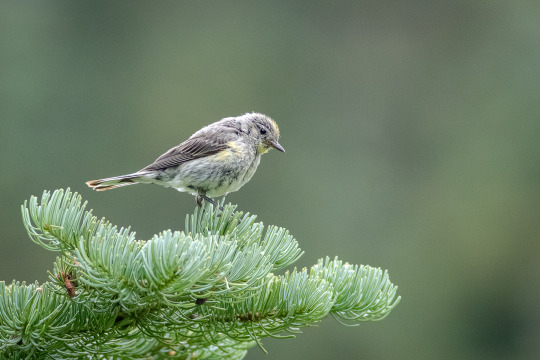
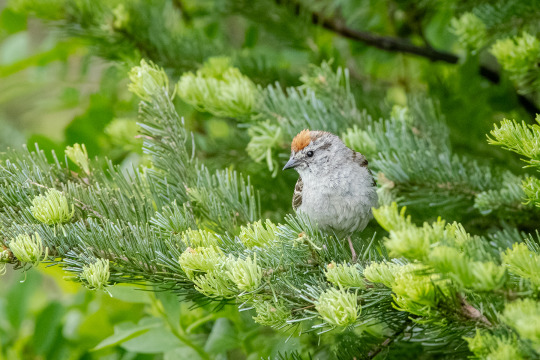
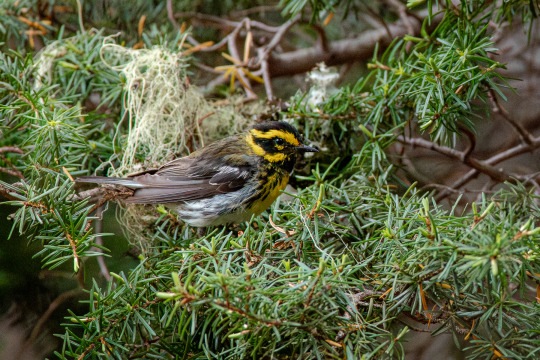
Birds of Mount Rainier National Park July 30, 2025
22 notes
·
View notes
Text
TIL the reason you don’t find much Lyme’s Disease in California is not because we don’t have Ticks, or Lyme Disease Vectors; but rather: because the Western Fence Lizard (if you live anywhere in California this is your regular Garden Variety Lizard) has adapted a passive immune response that makes their blood lethal to Lyme Disease Bacteria. Any Tick that feeds on one gets its gut cleansed of Lyme Disease as a side effect.
Fucking neat.
27K notes
·
View notes
Photo
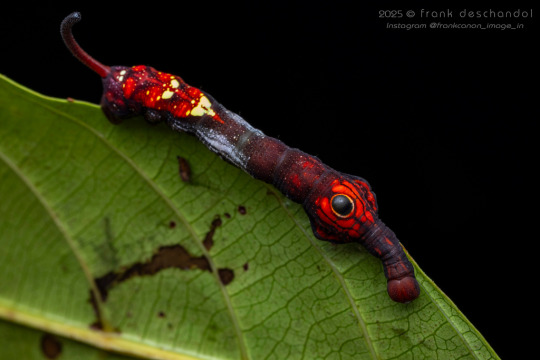
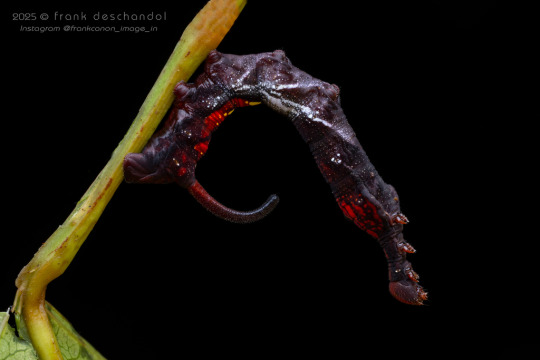
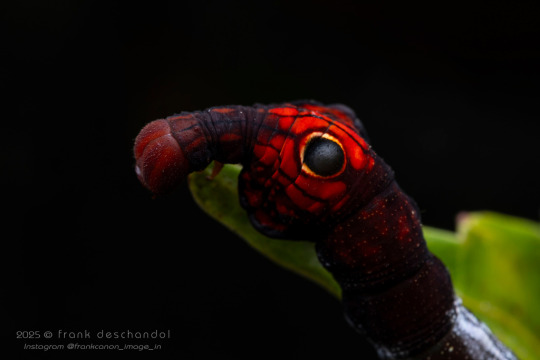
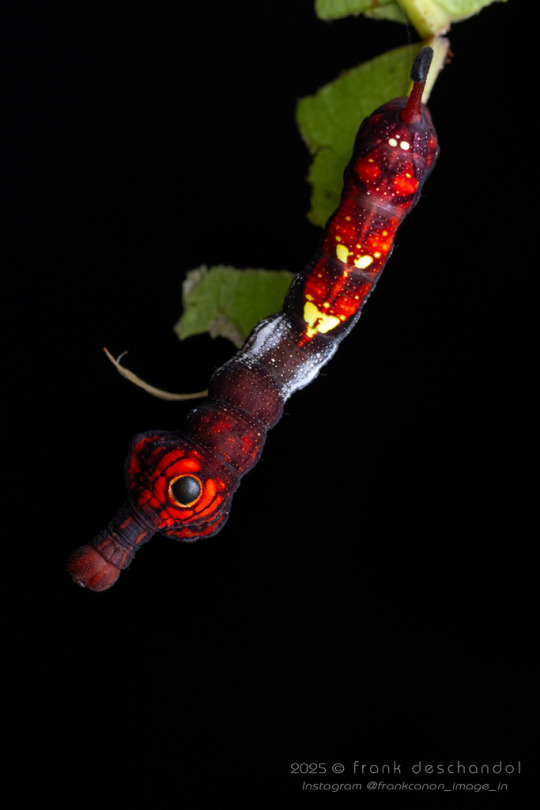

Philippine sphinx moth, Elibia linigera, Sphingidae
Photos 1-4 (caterpillar) by frank-deschandol // Instagram
Shared with permission; do not remove credit or re-post!
Photo 5 (adult moth) by albertkang
2K notes
·
View notes
Text
ADHD-related question!: Do other ADHDers have trouble with scale and magnitude or is this something other folks have trouble with has well and this isn't necessarily tied to ADHD?
When I'm doing art and am trying to structure my drawing, I'll end up "getting lost" in the space, causing some of my lines to not be proportionate to one another, especially if I'm working up close, causing me to lose the context of what I'm doing. Also when I'm using references I'll focus on a specific part, losing a sense of scale on how it relates to the whole.
Even with objects or spaces in front of me I'll sometimes have trouble with the scale of things? My hypothesis is that it's something to do with problems with my working memory, since that requires me to remember the original context of a thing in order to do a comparison.
#this is off topic for this blog but I'll get a better sample size this way#Bringing it back to gardening it also affects how I plot out spaces because I'll have a hard time conceptualizing the scale of a bed#So I'll either overcrowd things or have empty spaces I hadn't properly planned for
21 notes
·
View notes
